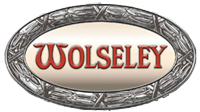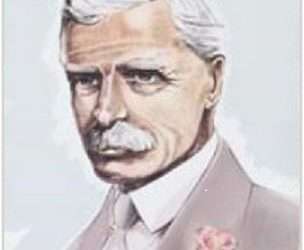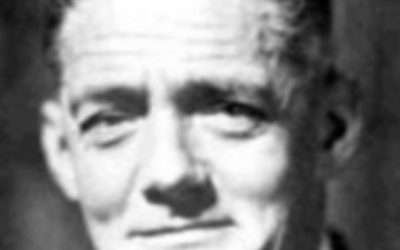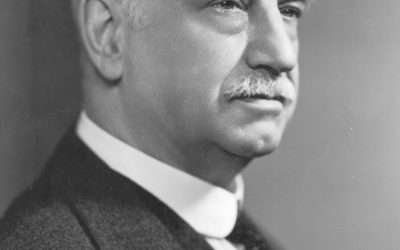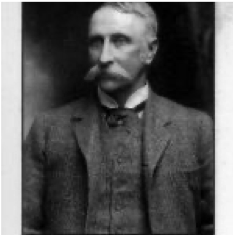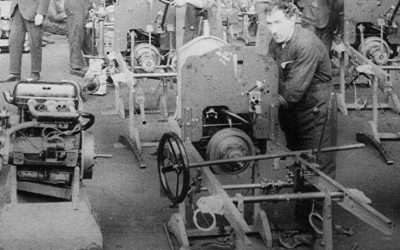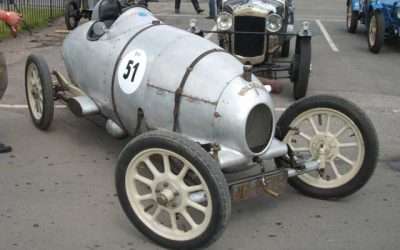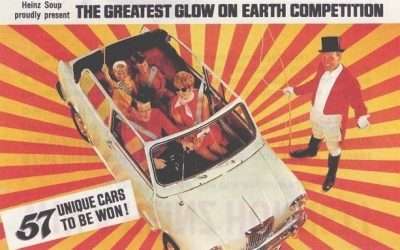Brief History of Wolseley Company
The first Wolseley company founded by Frederick York Wolseley originated around the turn of the century as the manufacture of sheep shearing machinery, and it was Herbert Austin who was responsible for the design of their first cars. The first production model used a single-cylinder horizontal 3.5hp engine, which was progressively enlarged to 6hp. Bigger vehicles made on similar lines soon followed, notably the 8 and 12hp twin cylinder models. A three-cylinder model was made for a while, as well as many four-cylinder vehicles of between five and twelve litres, which were also used in competitions, Herbert Austin enthusiastically proving the value of his machines in open competition.
When Austin left Wolseley in 1905 to form his own famous company, the design came under Siddeley influence and was henceforward rather more conventional. Those cars made during this period were specifically sold as Wolseley-Siddeley, and details of these are to be found elsewhere. The next Wolseleys as such were manufactured in 1910 after Siddeley left to join Deasy in making the Siddeley-Deasy. The new range of sturdy four and six-cylinder machines between 12 and 50 hp continued in production until the outbreak of the First World War. Unlike many manufacturers, who dropped their very large cars from the catalogue in the post-war period, Wolseley continued to offer five- and seven-litre sixes, but in order to survive also looked with greater interest at the small car market. Here they introduced a refined 10hp and a 7hp flat twin. These were backed up by larger 15 and 16hp fours, some with overhead-camshaft engines. These, as can be traced from the tables, were progressively developed until financial difficulties led to bankruptcy in 1927 and the company was acquired by Sir William Morris, Lord Nuffield.
A line of lighter Wolseleys had been started in 1952 with the 4/44 model, this having a new, integral shell powered by the mg overhead valve engine. Its successors, the 15/50 and 15/60 of 1956 and 1958 respectively, used Austin’s B series engine; the 15/60 also used BMC’s Farina styled body. When the B series was updated to 1622cc the equivalent Wolseley was renamed the 16/60. A smaller body still was used on the 1500, this car, like its Riley brother, is basically built on the Morris Minor platform. This was a remarkably successful model which went through a seven-year production span with little modification. Inevitably Woolsey built a series of front-wheel-drive cars using the Issigonis design. Firstly, three series of Hornets were based on the Mini, between 1961 and 1970, together with a still current line based on the larger BMC 1100/1300 Configuration from 1965. 1967 brought a revival of the 18/85 names on a version of the 1800 Issigonis design, An ‘s’ version of this was built between 1960 and 1972, but became superfluous when the six-cylinder version of the overhead camshaft Austin Maxi engine was put into this shell to make the 2200 model during 1972.
Returning now to the larger Wolseleys, which succeeded the last of the overhead camshaft 6/80 models in 1954, the first of these was the 6/90 built between 1954 and 59 using BMC’s C series six in a new full-width body. This was succeeded in 1959 by an enlarged three-litre model using a shell shared with the equivalent Austin, These 6/99 and 6/110 models, which went out of production in 1968, were the last of the Wolseleys big sixes, their place in the catalogues being taken over by the largest of the transverse engine cars. The 18/85 and 2200 models.
Last Updated May, 2021
